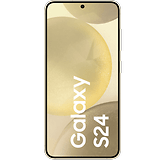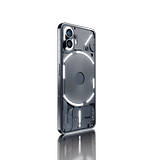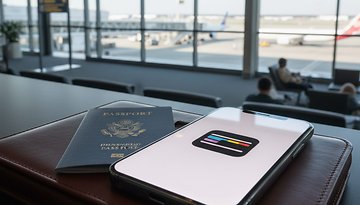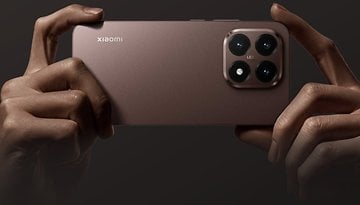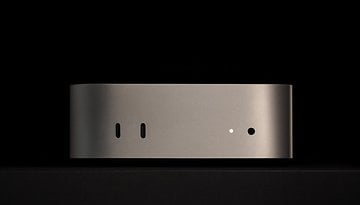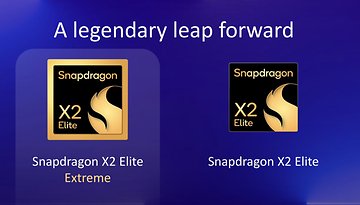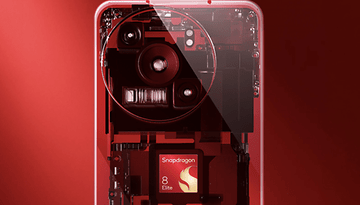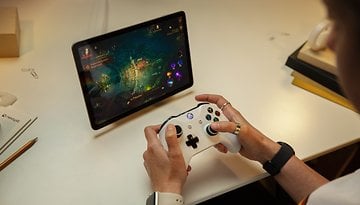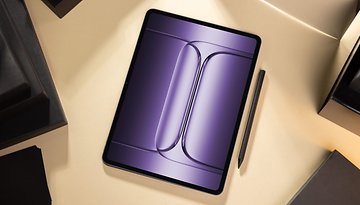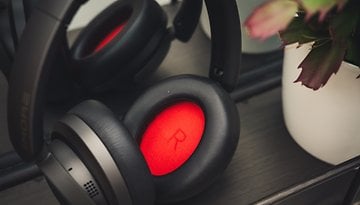Apple's Ultra-Thin iPhone 17 Air Has Another Edge to Beat the Max
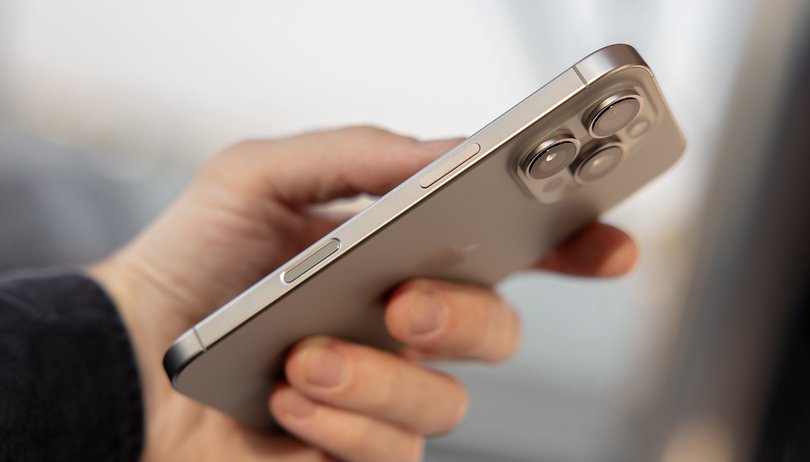

Apple is widely rumored to join the ultra-slim club with the iPhone 17 Air as its first entry, which is believed to be the thinnest iPhone yet. But beyond its record-breaking thinness, the device could offer a clear edge over the iPhone Pro Max models and even the Plus.
With the fall launch in sight, we're starting to get more details on the upcoming iPhone lineup, including the purported new iPhone 17 Air. The latest information comes from the iOS 26 Developer Beta 2 update, which is now rolling out to testers.
As discovered hidden in the code by Macworld, there is a hint about the display specification of the slim iPhone through its wallpapers. Accordingly, there is support for a new resolution of 1260 x 2736 pixels, and interestingly, no current iPhone model matches that figure.
The outlet suggests that this could be for the upcoming iPhone 17 Air, lending credence to the device's existence. Coincidentally, this aligns with the resolution shared by prolific leaker and analyst Ming-Chi Kuo earlier this year (via Macrumors). Kuo also shed light on the iPhone 17 Air's screen size, which was said to measure 6.6 inches wide, fitting with the revealed panel resolution.
What is the Advantage of the iPhone 17 Air Aside from Thinness?
If it materializes, the iPhone 17 Air will boast a display narrower than the existing Pro Max and Plus models, which currently feature 6.9-inch and 6.8-inch screens, respectively. The enlarged displays on those models have been an issue for some users, contributing to the iPhones becoming bulkier.
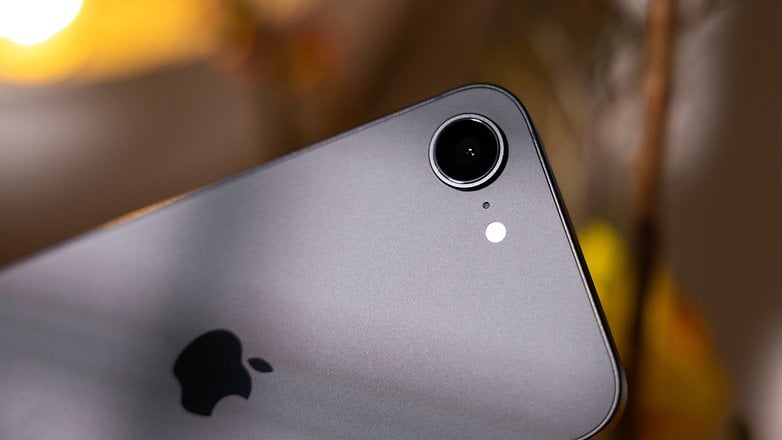
With a notably thinner and lighter chassis and a less unwieldy display, the iPhone 17 Air could provide better handling for some users, especially those who prioritize portability.
Of course, there are compromises to be considered with an ultra-slim and light form factor. For the iPhone 17 Air, renders purport it to sport a single camera at the back. In addition, it could also feature a smaller battery, potentially resulting in shorter running time.
It's unclear what other features will be traded off or muted to maintain the sleek form factor. However, what is clear is that the first "Air" iPhone may be aimed at a new group of users who don't want the bulkiness of the other iPhone models.
Which do you prefer: a slim phone or a chunky one with full-fledged specs? Would you consider switching to the iPhone 17 Air once it launches? We want to hear your plans.
